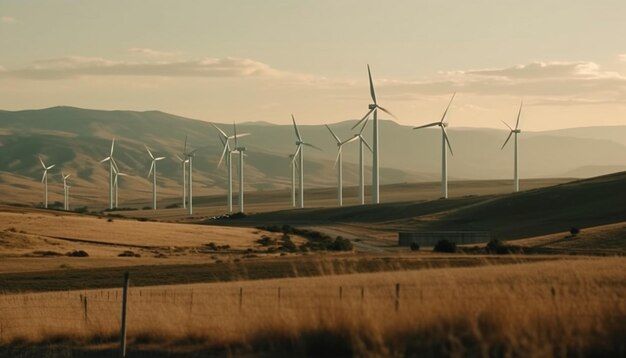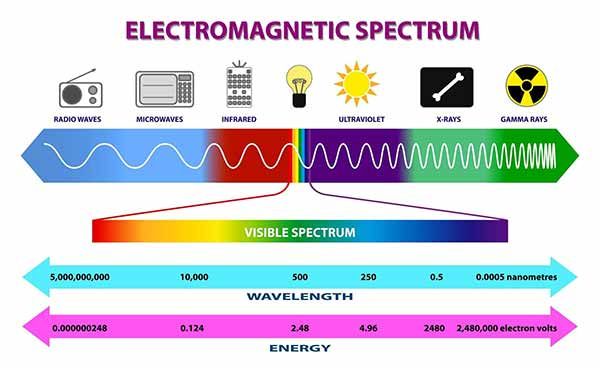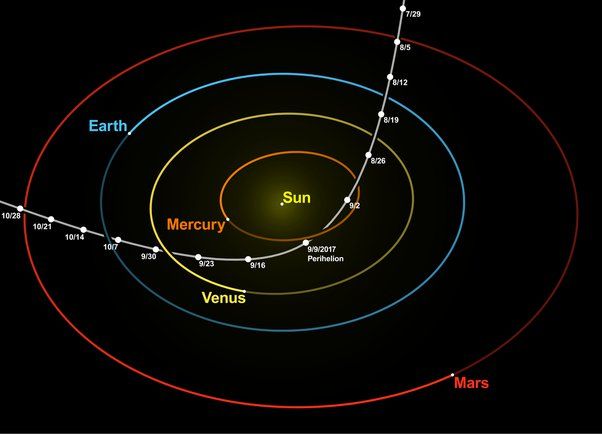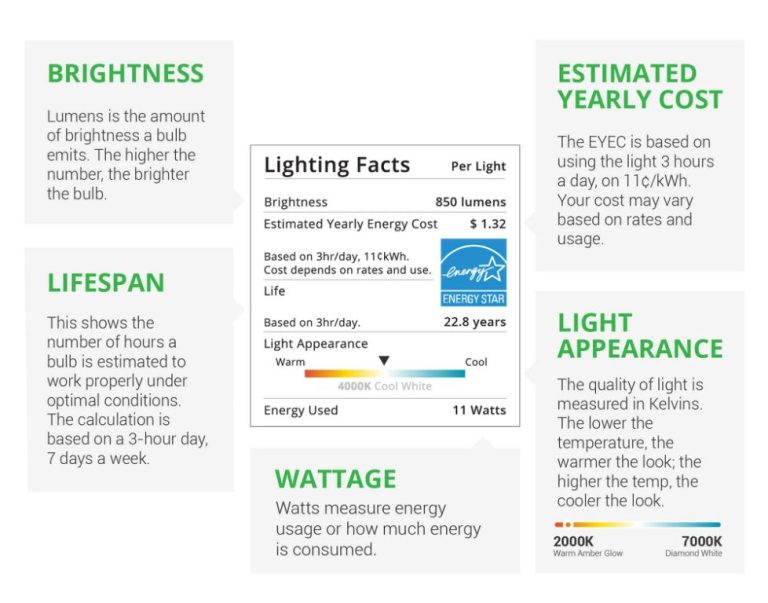How Do We Get Electricity On Earth?
Electricity is a form of energy resulting from the motion of charged particles. Humans have harnessed electricity to provide power for homes, businesses, and industry. The first discoveries with electricity date back to ancient times, but it wasn’t until the 19th century that we learned to generate, transmit, and use electricity effectively.
Today, we rely on electricity constantly in our daily lives. There are a variety of methods used to generate electricity, but most rely on electromagnetism, batteries, photovoltaic systems, or chemical reactions. The most common ways we produce electricity on a large scale currently are burning fossil fuels like coal and natural gas, nuclear fission reactions, hydropower from dams, and renewable sources like wind, solar, and geothermal energy.
This article will provide an in-depth look at how each of these major methods work to provide the electricity that powers modern civilization.
Fossil Fuels
Fossil fuels like coal, natural gas and petroleum are used to generate electricity at power plants across the planet. At these plants, the fuels are burned to release thermal energy, which is used to boil water into steam. This high-pressure steam then spins turbines connected to electrical generators, producing electricity.
Coal is one of the most widely used fossil fuels for electricity production. At a coal power plant, pulverized coal is burned in a boiler to heat water. The resulting steam spins a turbine attached to a generator. Natural gas power plants work similarly, burning the gas to make steam and spin a turbine.
Petroleum products like oil and diesel may also be burned to produce electricity, often in locations without access to large power grids. Internal combustion engines or gas turbines burn the fuel to generate mechanical power, which is converted to electricity through a coupled generator.
While fossil fuels have powered economic growth for over a century, they come with considerable environmental impacts. Burning these fuels releases carbon dioxide, sulfur dioxide and other pollutants into the atmosphere, contributing to climate change, acid rain and health issues.
Nuclear Energy
Nuclear energy comes from the splitting of uranium atoms in a process called nuclear fission. Uranium is a nonrenewable resource mined from the ground that serves as the fuel for nuclear power plants. Inside a nuclear reactor, uranium rods are immersed in water which slows down neutrons and allows the uranium atoms to split apart, releasing massive amounts of energy as heat. The heat is used to boil water into steam that spins a turbine to generate electricity.
Uranium is a highly concentrated source of energy, producing significantly more electricity from a smaller amount of fuel compared to other sources. Uranium also does not produce air pollution or carbon dioxide while generating electricity. However, there are concerns related to safety and radioactive waste when it comes to nuclear power.
Nuclear accidents, while rare, can be severe due to the radiation release. Proper safety protocols and oversight are critical to prevent meltdowns and explosions that disperse radiation. Nuclear waste, which remains radioactive for thousands of years, must be carefully stored and isolated. There is also the risk that radioactive materials could be used for nuclear weapons.
Overall, nuclear energy provides a large amount of steady baseline power without carbon emissions, but also poses unique safety and environmental risks related to radiation that must be carefully managed.
Hydropower
Hydropower harnesses the kinetic energy of moving water to generate electricity. The most common type of hydropower uses dams on rivers to store water in reservoirs. The water flows through a turbine, spinning it, which then activates a generator to produce electricity. The height of the dam determines the amount of potential energy available.
Run-of-river systems channel a portion of a river through a canal and then through turbines to generate electricity. This type does not require dams or reservoirs to store water. However, run-of-river depends on steady water flow and may require supplemental energy sources when river levels are low.
While hydropower is renewable and emits no greenhouse gases, dams and reservoirs can negatively impact the environment. Dams alter natural water flows and can obstruct fish migration. Reservoirs flood large areas of land to store water. Hydropower projects must implement mitigation strategies, such as maintaining minimum flows, installing fish ladders, and relocating affected communities.
Wind Power
Wind turbines convert the kinetic energy of wind into mechanical power, which is then converted into electricity. The blades of a wind turbine capture the wind, which cause the rotor to spin. This spinning motion turns a shaft inside the nacelle, which powers a generator to produce electricity.

Wind farms can be built onshore or offshore. Onshore wind farms are located on land, usually in open plains or hilltops with consistent wind patterns. Offshore wind farms are built in bodies of water, like oceans, lakes, and rivers. Offshore wind farms benefit from stronger and more consistent winds compared to onshore, but they are more expensive to build and maintain.
One limitation of wind power is its variability and intermittency. The output of wind turbines depends on the wind speed, which can change frequently. Additional infrastructure like energy storage is needed to integrate large amounts of wind power into the electrical grid and account for fluctuations in generation. There are also concerns around noise pollution, impacts on wildlife, and aesthetic issues for onshore wind farms.
Solar Energy
Solar energy is becoming an increasingly important source of renewable power around the world. There are two main technologies used to generate electricity from the sun’s rays:
Photovoltaic Solar Panels
Photovoltaic (PV) solar panels contain solar cells made up of silicon and other materials that convert sunlight directly into electricity through the photovoltaic effect. Arrays of solar panels are mounted on rooftops, fields, and solar farms to capture sunlight during the day and generate clean renewable electricity. The solar energy from the panels flows into inverters which convert the DC power into AC power that can be used in homes and businesses or fed into the grid.
Concentrating Solar Thermal Plants
Concentrating solar thermal plants (CSP) use thousands of mirrors arranged in rows to concentrate sunlight onto a central tower containing a heat transfer fluid. The concentrated light heats the fluid to very high temperatures, which is then used to boil water and produce steam to spin a turbine and generate electricity, just like conventional power plants. CSP plants allow the heat energy to be stored so electricity can continue to be produced even when the sun isn’t shining.
Solar power represents a growing share of renewable energy generation and has huge potential as an emissions-free energy source. Improvements in solar panel technology and efficiencies as well as cost reductions are making PV and CSP increasingly competitive with fossil fuels.
Geothermal
One renewable way to generate electricity is by using heat from the earth’s core. The upper 10 feet of the Earth’s surface contains enough heat energy to provide electricity to meet humanity’s energy needs for 30,000 years. Geothermal power plants tap into this vast heat reservoir to produce steam to drive turbines and generate electricity.
Areas with high geothermal activity, such as geysers, hot springs, and volcanoes, are ideal for geothermal power plants. Wells can be drilled into underground reservoirs to pump hot water and steam to the surface. The steam rotates a turbine that activates a generator, producing electricity.
After steam passes through the turbine, the condensed steam and geothermal water get pumped back down an injection well into the reservoir to be reheated. The geothermal water keeps cycling through the system.
Geothermal power plants generally have low emissions because they don’t burn fossil fuels. However, they’re only feasible in locations with geothermal resources near the surface. Iceland and New Zealand generate over 25% of their electricity from geothermal.
Bioenergy
Bioenergy is renewable energy derived from organic matter, known as biomass. Biomass originates from plants and animals, and includes resources like wood, agricultural crops, seaweed, food wastes, animal manure, and human sewage. When biomass is burned or processed, the chemical energy inside is released as heat that can be used to generate electricity.
The most common forms of bioenergy used for electricity production are:
- Wood and woody biomass – Burning wood chips, pellets, or waste wood in power plants is a major source of biomass electricity.
- Biogas – Anaerobic digestion of organic wastes like landfill material or animal manure produces a gas (“biogas”) that can be burned for electricity generation.
- Biofuels – Plant matter can be converted into liquid biofuels like ethanol and biodiesel, which can then be burned for energy production.
Bioenergy is considered carbon-neutral because the carbon dioxide released when biomass is burned is balanced by the CO2 absorbed as plants grow. However, there are debates about the true climate impacts since biomass may emit more CO2 per unit of energy compared to fossil fuels. Overall, bioenergy provides around 2% of global electricity production.
Transmission
Electrical grids transmit electricity from power plants to electrical substations, where transformers lower the voltage suitable for distribution to end consumers. High-voltage transmission lines allow electricity to be sent efficiently over long distances with minimal power loss. The interconnected nature of the grid provides redundancy in case issues occur with power generation from certain areas.
Transmission systems consist of high voltage wires suspended by steel towers and poles over long distances. Voltages at transmission level range from 115 kV to 1100 kV. Using high voltages reduces the electricity loss along the transmission lines, enabling efficient transmission over hundreds of kilometers. Transformers placed at substations along the network convert the high voltage electricity down to lower distribution voltages.
The Future of Electricity Production
The way we generate electricity is rapidly evolving as new technologies emerge and environmental concerns grow. Here are some key developments shaping the future of electricity production:
Improving renewable energy storage: Renewables like solar and wind produce intermittent power based on weather conditions. Improved storage solutions like larger batteries, pumped hydro storage, and converting electricity to alternative fuels will allow renewable energy to provide reliable baseload power.
Microgrids and distributed generation: Rather than relying solely on large centralized power plants, microgrids use onsite solar, wind, batteries and generators to supply electricity to a local area like a college campus or neighborhood. This increases resiliency and efficiency.
Projections for future electricity mix: The EIA predicts renewable energy will provide 21% of U.S. electricity by 2050, up from 17% today. The share from natural gas is projected to rise while coal declines. Nuclear is projected to remain steady. However, the renewables percentage could grow even faster with supportive policies.
In summary, we can expect a more diverse, decentralized and eco-friendly electricity system that takes advantage of new technologies to reduce emissions and provide reliable and affordable power.




